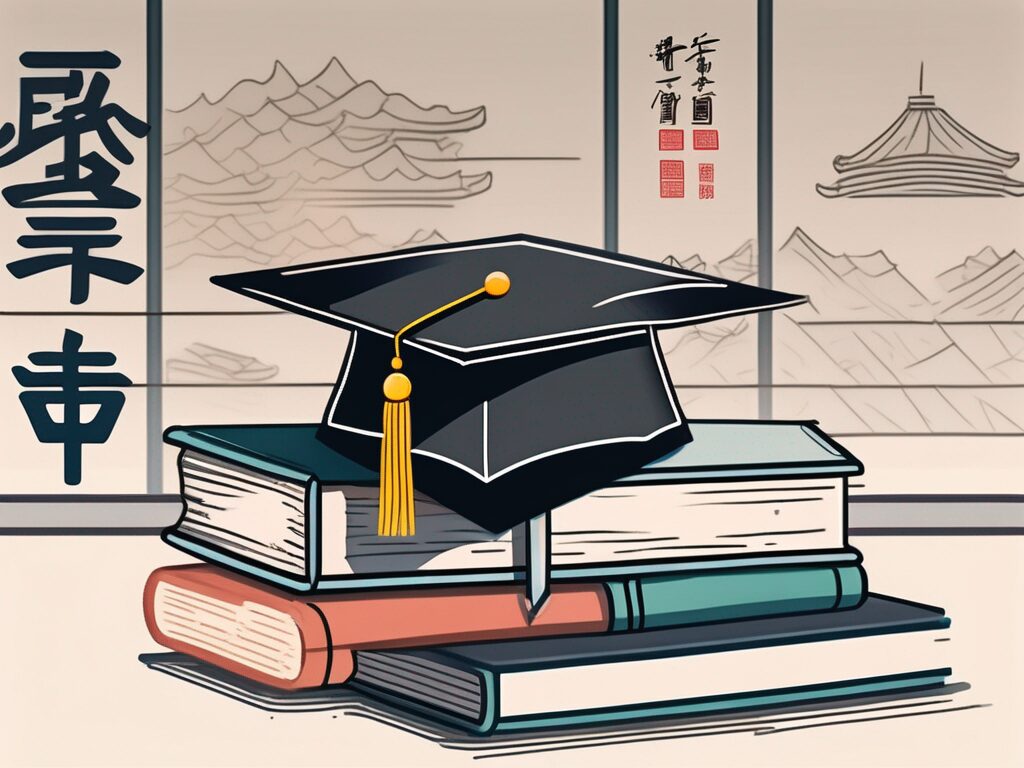What is the Difference Between Art and Art Education?
Understanding the difference between art and art education is crucial for aspiring international teachers. This knowledge not only enhances teaching methodologies but also opens up new career opportunities in the global education sector. In this article, we will explore the distinctions between art and art education, why they matter, and how you can leverage this understanding to advance your teaching career.
Table of Contents
- Why is it Important for Aspiring International Teachers?
- Key Skills or Qualifications Required
- Steps to Get Started
- Challenges and How to Overcome Them
- Best Practices and Tips for Success
- Conclusion
Why is it Important for Aspiring International Teachers?
Art and art education play distinct roles in the educational landscape. While art focuses on the creation and appreciation of visual aesthetics, art education emphasizes teaching these concepts to students. For aspiring international teachers, understanding this difference is vital. The global job market for art educators is expanding, with schools seeking teachers who can integrate cultural perspectives into their curriculum. According to recent data, international schools are increasingly prioritizing art education, making it a lucrative field for qualified educators.
Key Skills or Qualifications Required
To excel in art education, aspiring teachers need a blend of artistic talent and educational expertise. Key skills include:
- Strong foundation in art techniques and history
- Effective communication and teaching skills
- Ability to adapt art lessons to diverse cultural contexts
- Proficiency in classroom management
Qualifications often include a degree in art or art education, along with teaching certifications that are recognized internationally.
Steps to Get Started
Embarking on a career in art education involves several steps:
- Obtain a degree in art or a related field.
- Pursue a teaching certification, such as the International Qualified Teacher Status (iQTS).
- Gain experience through internships or teaching assistant roles.
- Stay updated with global art education trends and methodologies.
Challenges and How to Overcome Them
Art educators often face challenges such as limited resources and varying student engagement levels. To overcome these, teachers can:
- Utilize digital tools and online resources to supplement teaching materials.
- Engage students with interactive and culturally relevant art projects.
- Network with other educators to share strategies and resources.
Best Practices and Tips for Success
Successful art educators often employ the following best practices:
- Incorporate global art perspectives to enrich the curriculum.
- Foster a creative and inclusive classroom environment.
- Continuously seek professional development opportunities.
Conclusion
Understanding the difference between art and art education is essential for aspiring international teachers. By acquiring the right skills and qualifications, and overcoming common challenges, educators can thrive in this rewarding field. Embrace the opportunity to inspire the next generation of artists and thinkers.
Want to become a teacher in a Tier 1 international school? Join the course here.

